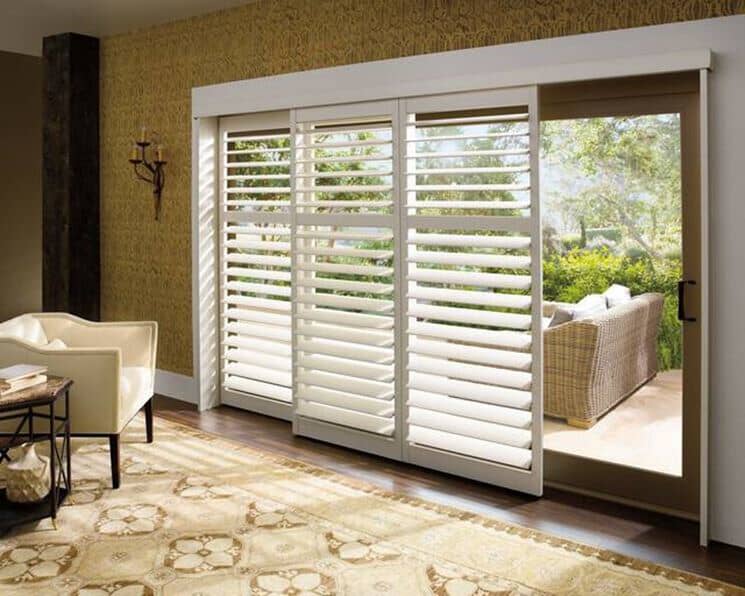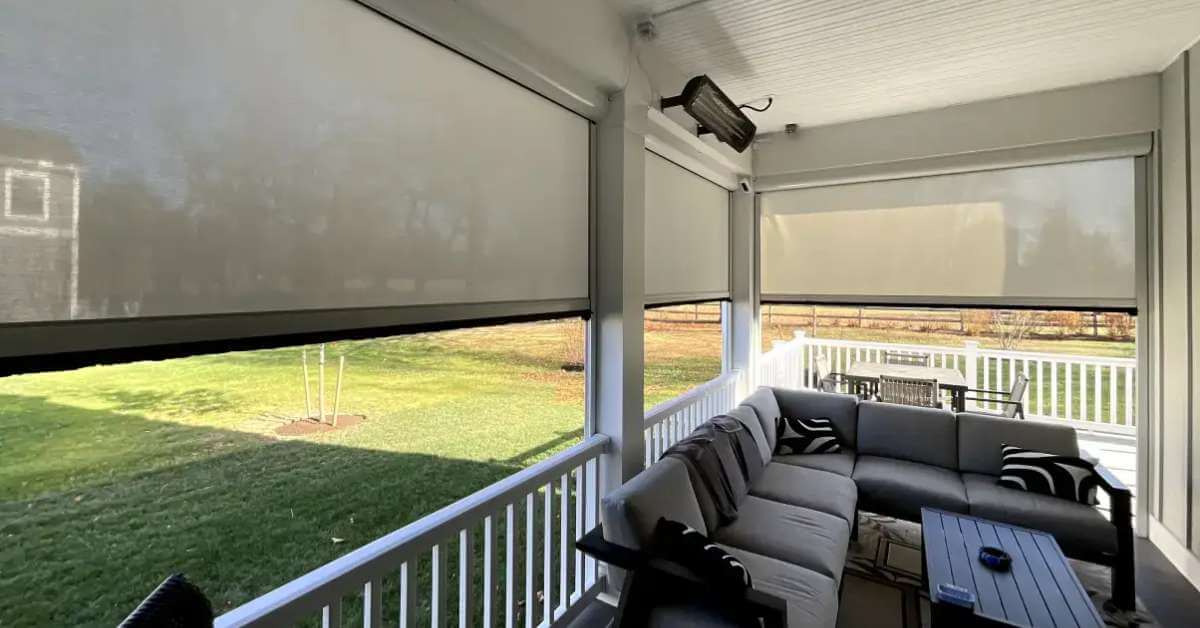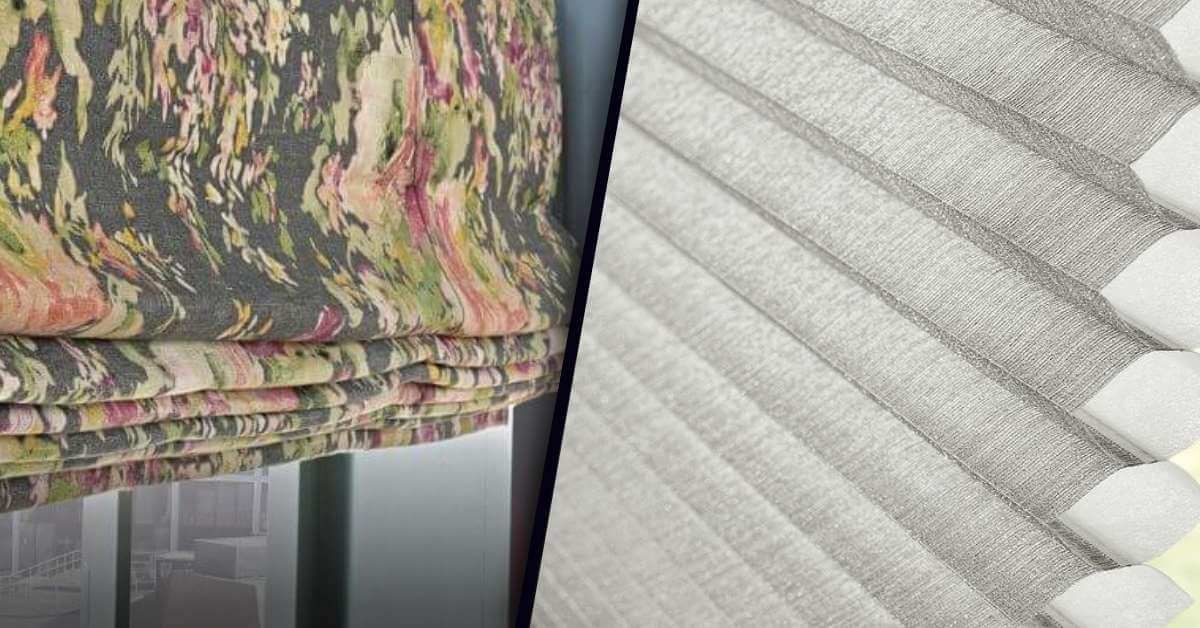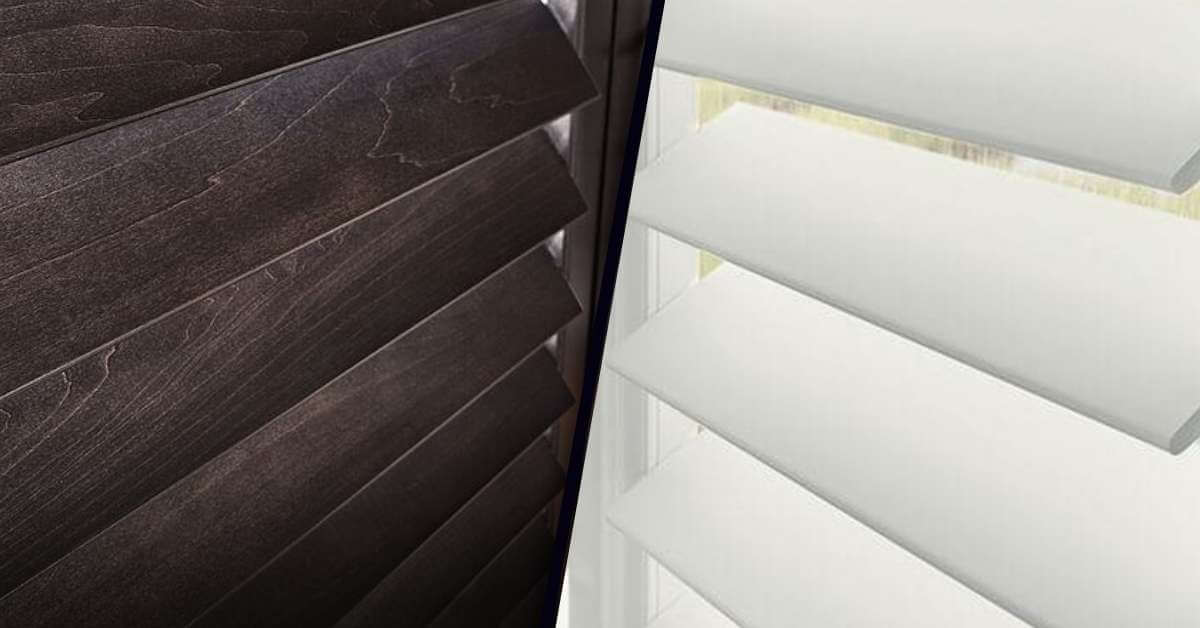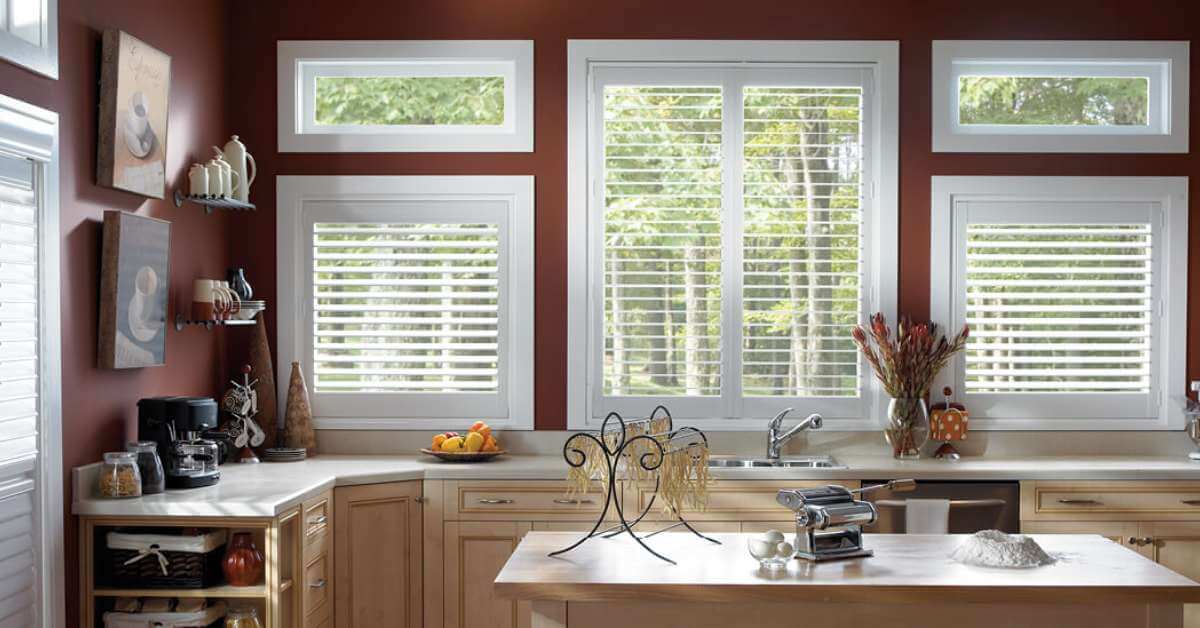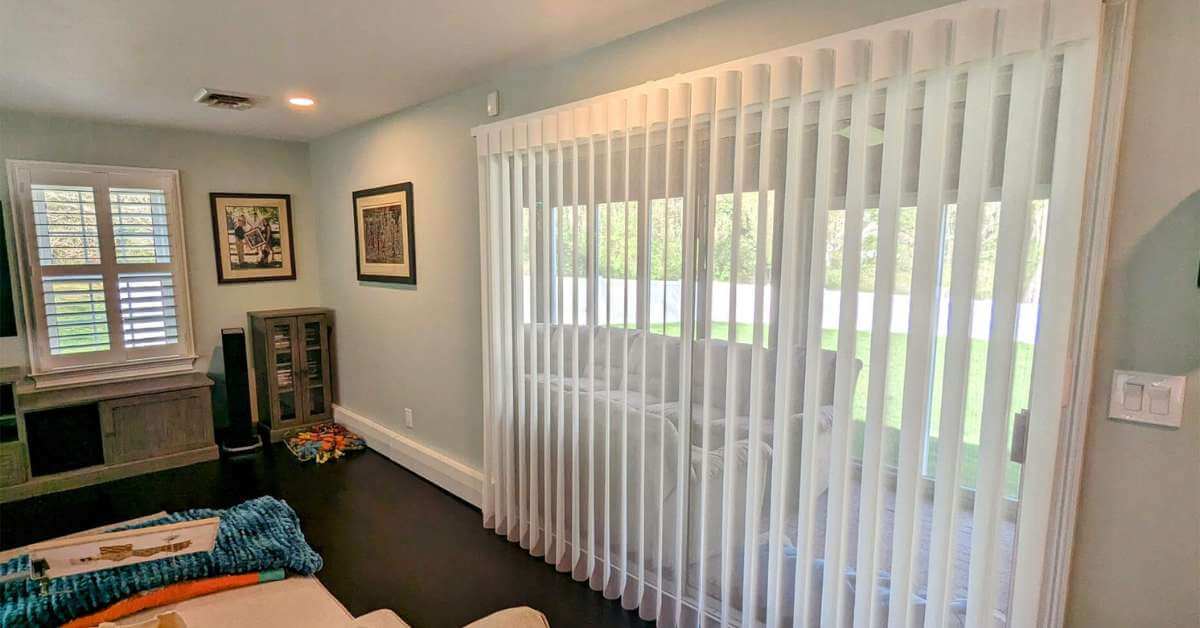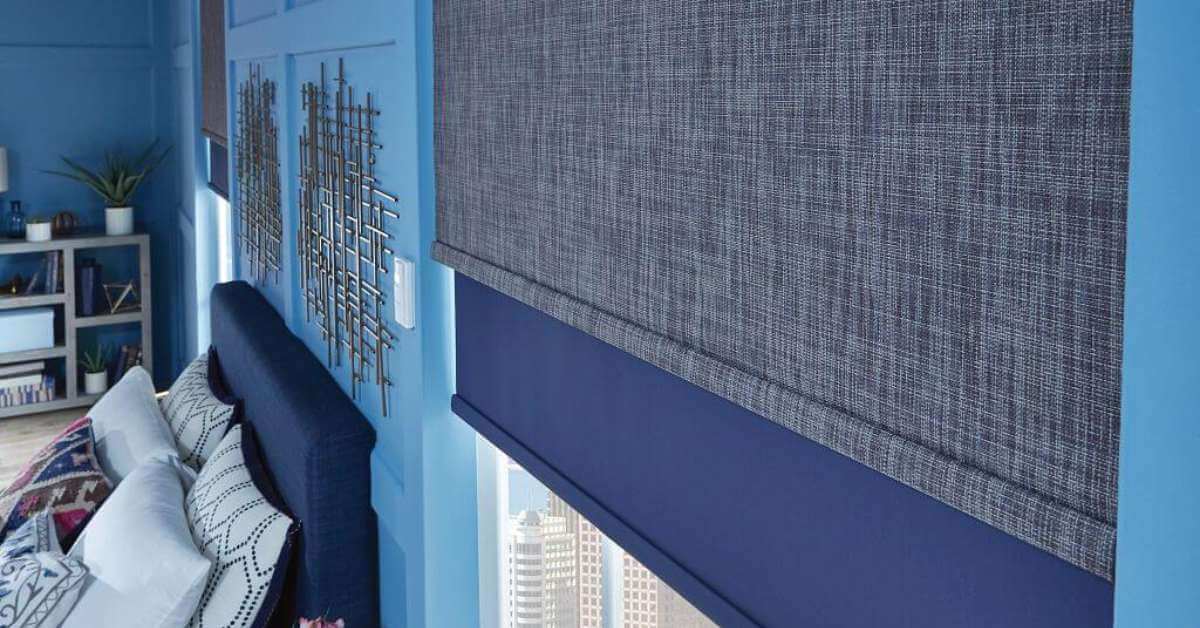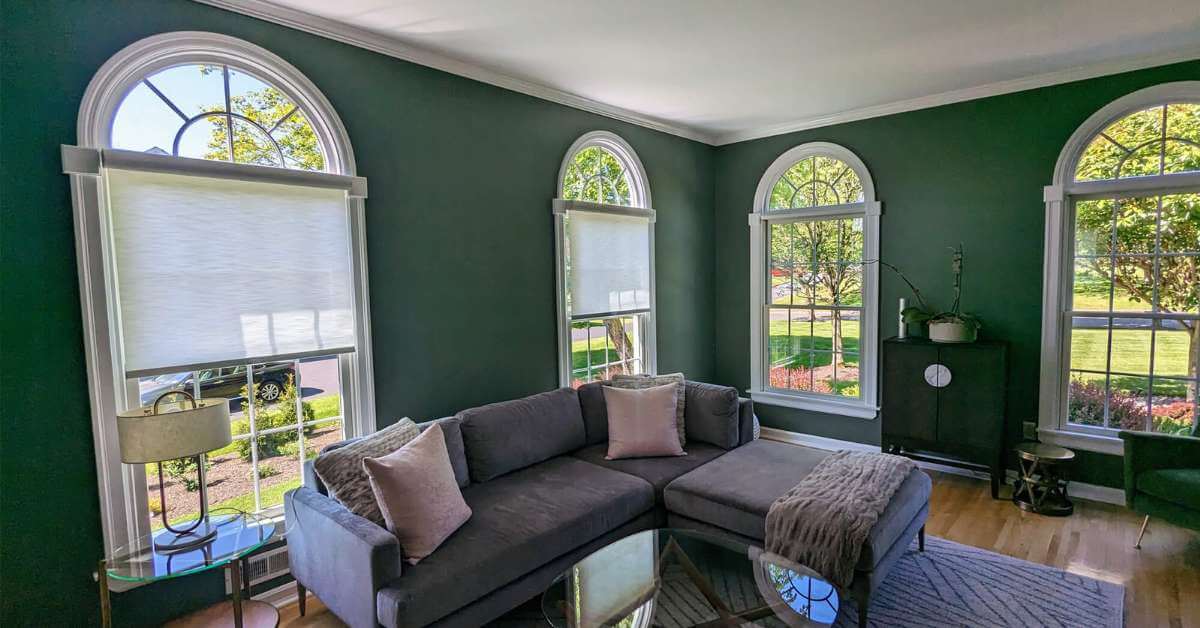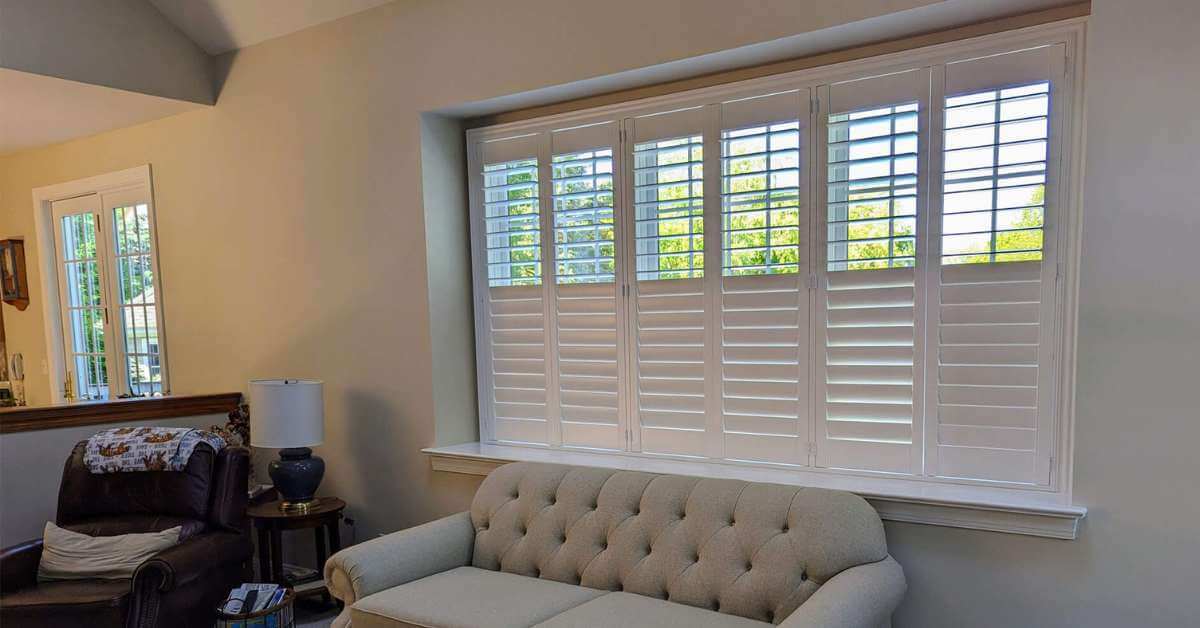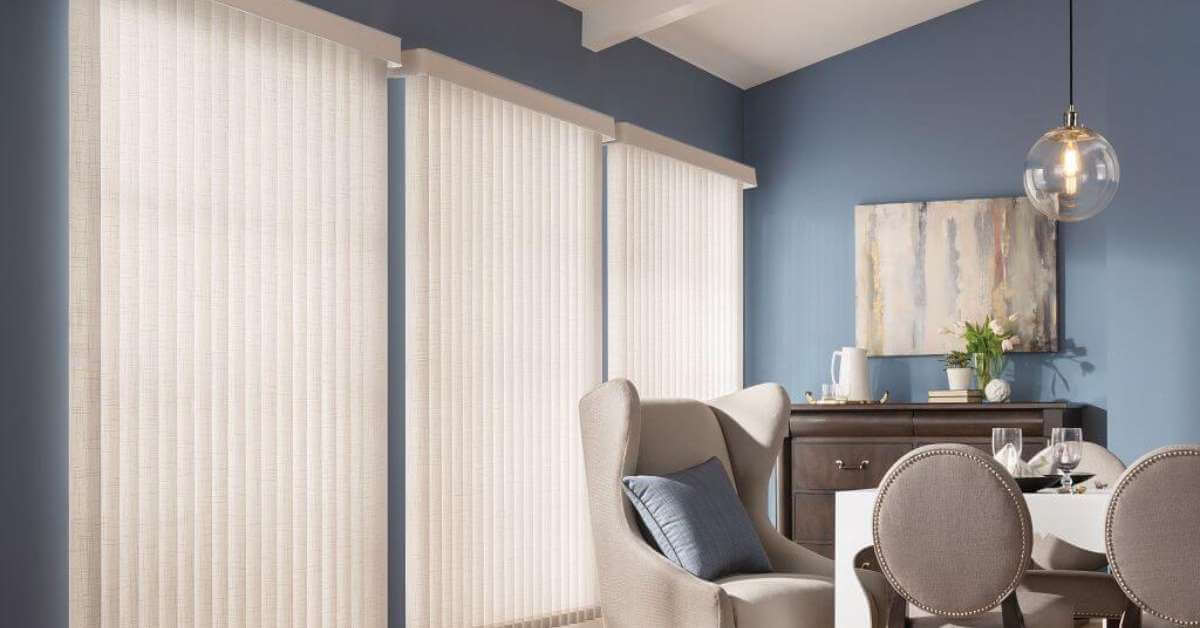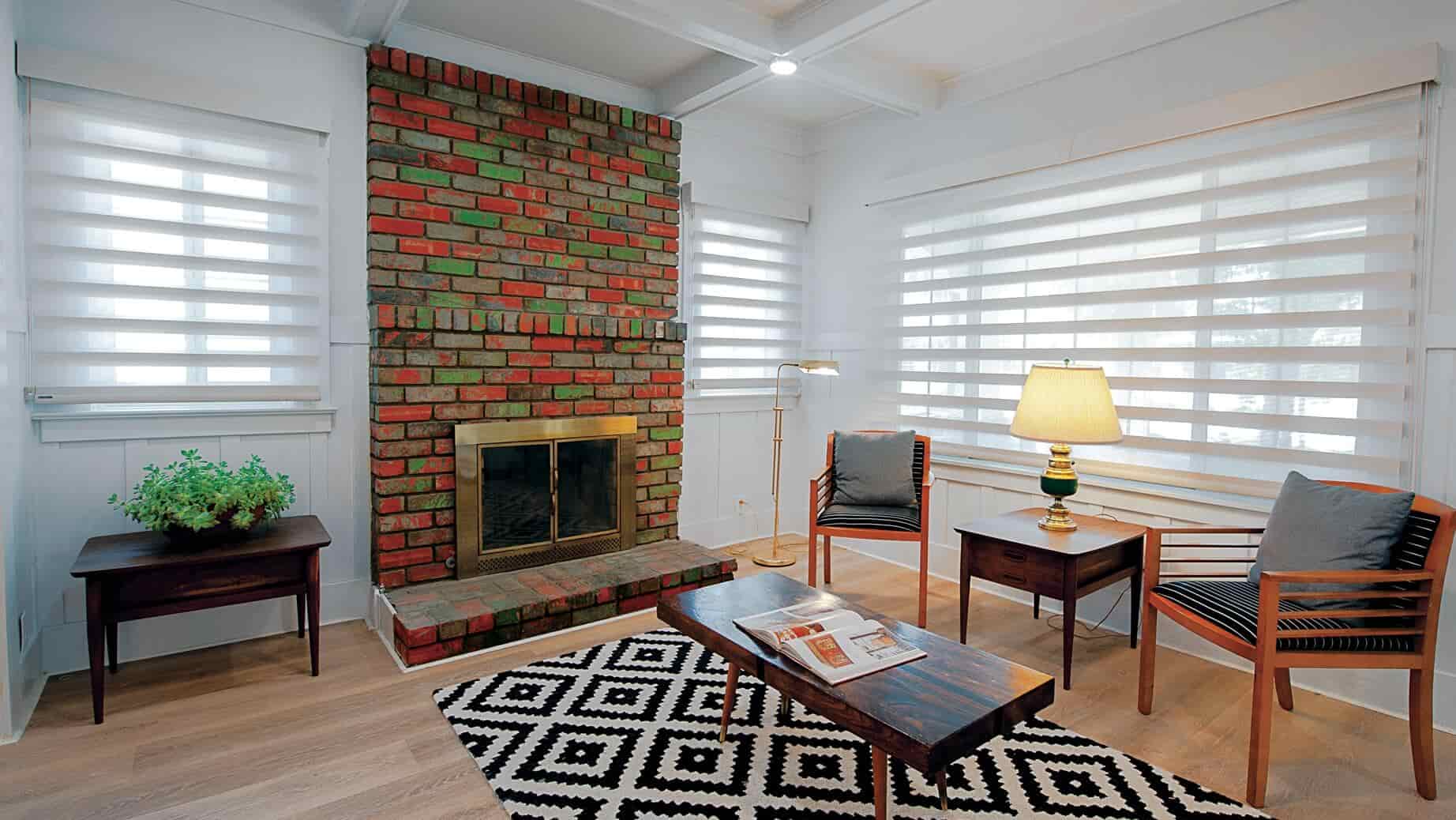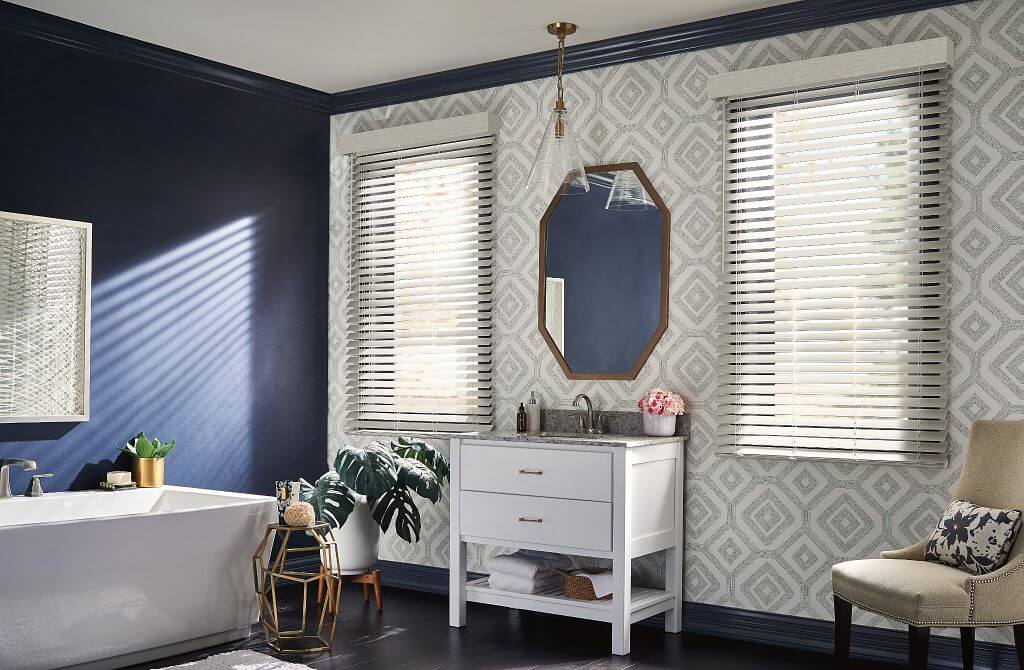Selecting the right color for your wood shutters can transform the look and feel of your home’s interior and exterior. With so many options to choose from for wood shutter colors, it can be overwhelming to decide which shade will coordinate best with your existing color scheme. This guide covers everything you need to know before settling on the perfect wood shutter colors for your style and space.
Factors to Consider When Choosing Wood Shutter Colors
Several key factors go into selecting the ideal wood shutter colors for your home:
Room Use and Ambiance
The purpose and ambiance you want for the room should influence your color choice. For example, lighter neutral shades like tans or grays promote an airy, relaxed vibe in bedrooms. Meanwhile, bold navy-blue shutters make a dramatic statement in a home office or library.
Architectural Style
Match the wood shutter colors to your home’s architectural style. White or black shutters suit modern farmhouses, while rustic homes call for natural, raw wood tones. Mediterranean villas pair well with deep greens or blues.
Natural Lighting
The room’s natural lighting impacts how colors look. North-facing rooms with low light may warrant lighter shades to brighten the space. South-facing rooms can handle deeper, bolder hues without appearing too dark.
Surrounding Décor
Coordinate shutter colors with furnishings, flooring, wall colors, and decor pieces for a cohesive look. Contrasting shades can make shutters stand out, while matching provides a uniform aesthetic.
Curb Appeal Goals
For exterior shutters, choose colors that achieve your ideal curb appeal. Black or white creates a striking contrast against brick facades. Earth tones like sage green or terra-cotta blend with natural landscapes.
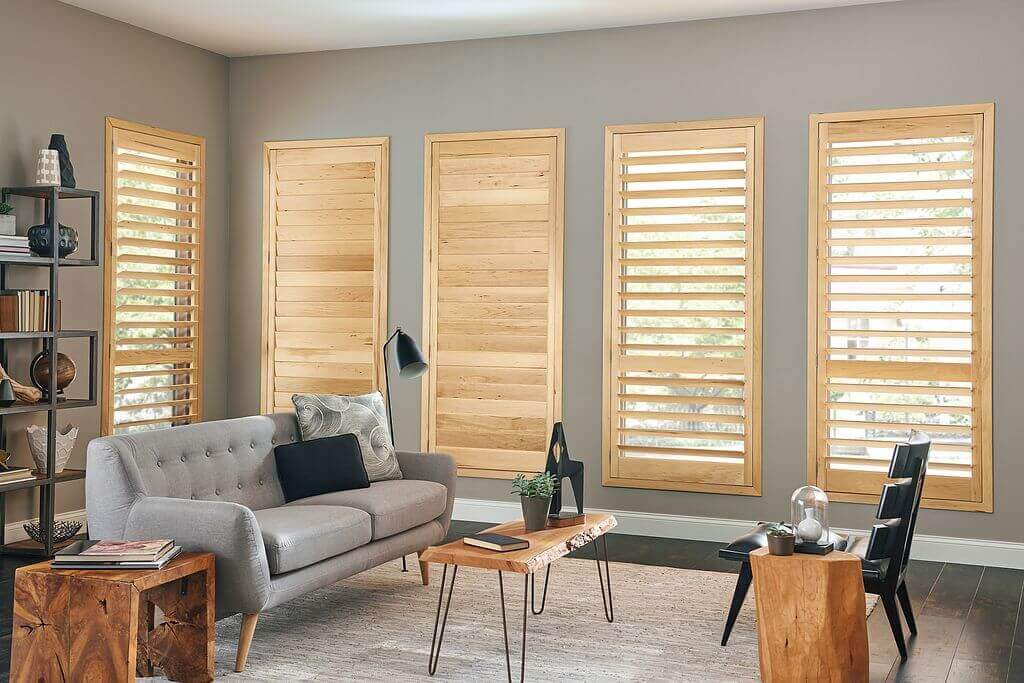
Popular Wood Shutter Color Palettes
These tried-and-true color combinations provide foolproof options for your interior or exterior wood shutters:
White Shutter Colors
Snow-white, alabaster white, antique white, and extra white work with almost any home style. Crisp whites energize rooms and feel clean and bright. Pair with grays, tans, blues, greens, or metallics.
Black Shutter Colors
Flat black, charcoal, the blackest black, and ebony make a dramatic impact indoors and out. Black coordinates with all colors and gives traditional homes a polished look.
Wood Tones and Stains
Natural wood stains like cherry, oak, mahogany, and walnut complement rustic and craftsman homes. Unstained cedar and pine have a rustic appeal. Espresso and gray wood stain options add subtle contrast.
Neutral Shades
Timeless neutrals like beige, cream, taupe, light gray, and tan work for any home style. Pair neutrals with white trim for a soft, relaxed look. Sage green, sky blue, and muted terra-cotta add interest.
Vibrant Hues
Bold red, navy, emerald, and yellow make shutters the focal point. Use brights to accent white-walled homes. Tone it down with neutral furnishings and décor.
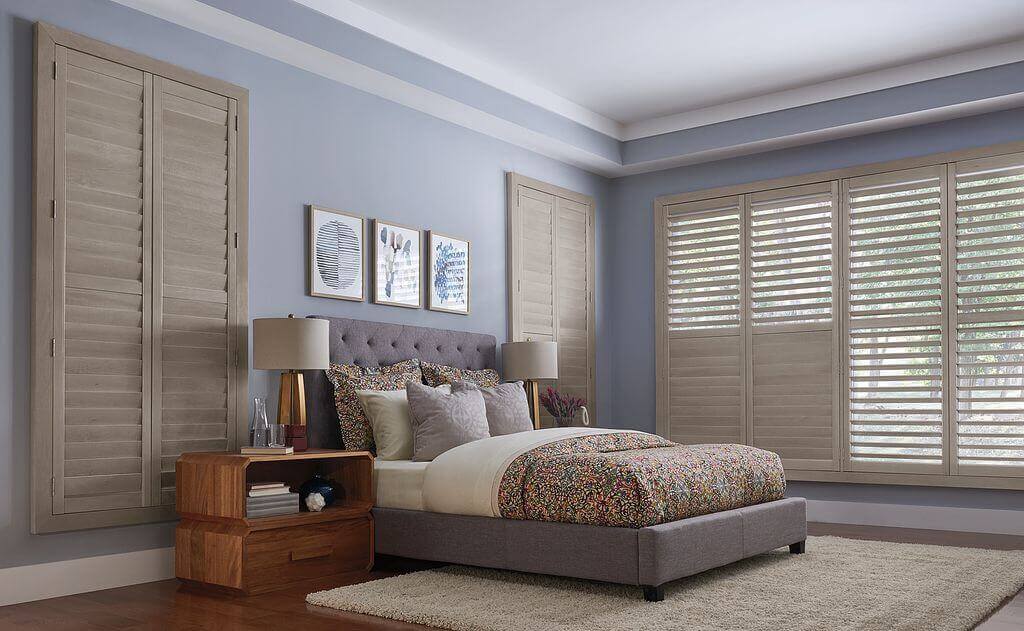
Paint vs. Stain for Wood Shutters
There are pros and cons to consider with paint versus stain on wood shutters:
Paint
- Wider range of color options
- Recoats easily to change color
- Provides opaque, uniform finish
- Can damage wood over time if moisture gets under paint
Stain
- Highlights natural wood grain
- Lower maintenance than paint
- Limited color selection
- Quieter window operation than painted shutters
Many homeowners opt to stain interior wood shutters to highlight the wood texture. Exterior wood shutters hold up better with a protective paint finish. Talk to a painting pro about the best options for your specific shutters.
Frequently Asked Questions to Ask Before Choosing Shutter Colors
As you evaluate color options, ask yourself these questions:
1. Should I match interior and exterior wood shutter colors?
It’s not necessary to match interior and exterior wood shutter colors. Often, interior shutters are left natural or stained to highlight the wood grain, while exterior shutters use bolder painted colors for protection and curb appeal. However, some homeowners opt for continuity by selecting the same shade inside and out. This creates a cohesive, pulled-together look. White, black, navy, red, and forest green work well to connect indoor and outdoor color schemes.
2. What are the most versatile wood shutter colors?
Some of the most versatile wood shutter color options include white, black, gray, tan, and natural wood tones. These can complement a wide range of architectural styles and home décor. Opt for classic white or black for a clean, timeless look. Soft grays and tans blend seamlessly with most color schemes. A natural wood stain lets the grain shine while coordinating with multiple designs.
3. What feelings do you want to achieve?
Light blue or green can evoke a peaceful, relaxed feeling. Black is sophisticated. The earth tones are warm and welcoming. Whites feel clean, bright, and spacious. Decide on your desired ambiance.
Contact us today!
The right wood shutter colors can take your home’s style to the next level. To see our extensive selection of custom wood shutters in an array of colors and styles for interior and exterior windows, visit the experts at Bloomin’ Blinds of Bucks, Montgomery & Greater Princeton. Our friendly and knowledgeable design consultants can help you choose perfect-fit wood shutters tailored to your home’s unique architecture and your family’s lifestyle. We offer free in-home consultations to help you select the ideal wood shutter colors to match your existing decor. Reach out today to schedule your consultation and get started designing your dream shades! Our team is here to guide you through the entire process, from measurement to installation.
